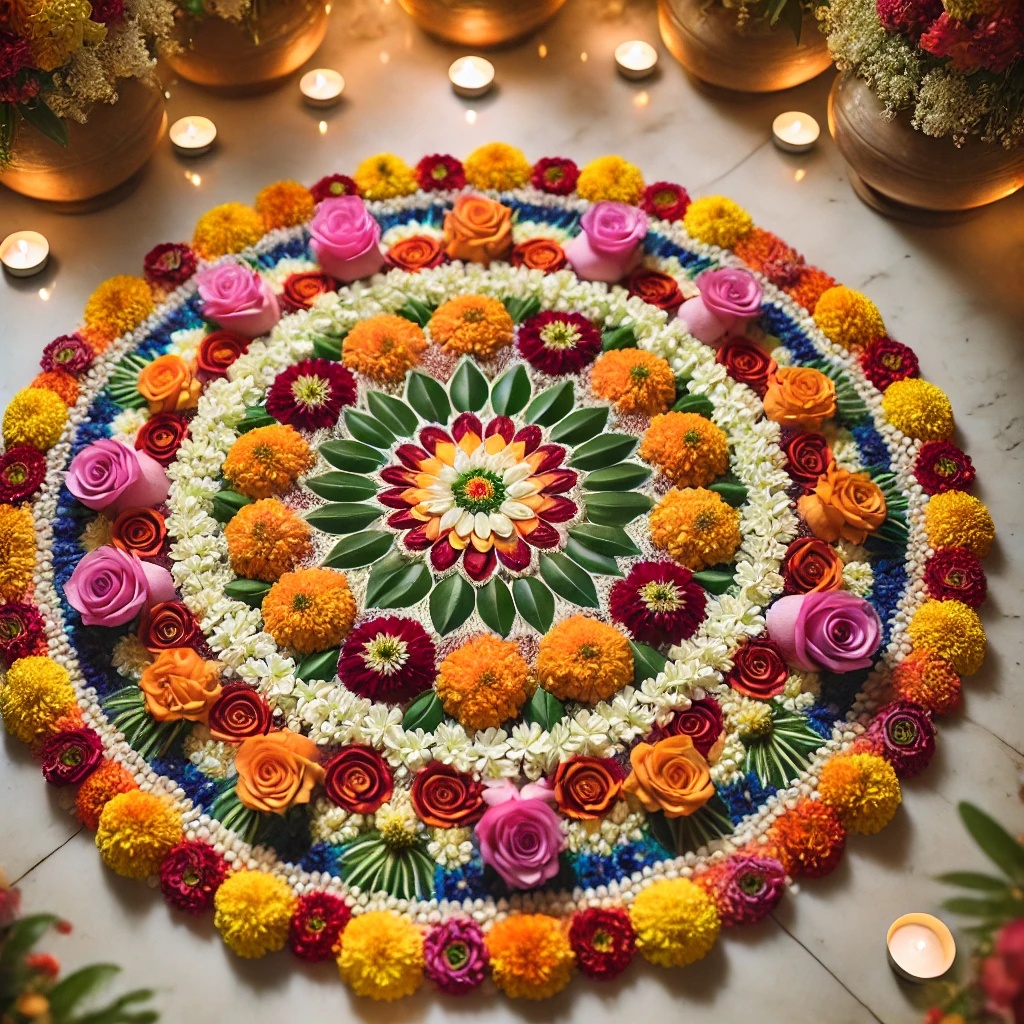Flower:hb–x0w2qoe= Small Rangoli
Table of Contents
1. Introduction to Small Rangoli
Rangoli, a traditional Indian art form, involves creating designs on the ground using various materials, including flowers, rice, or colored powders. Small rangoli designs are often chosen for compact spaces or quick decoration during festivals, and using flowers adds a natural, vibrant touch.
2. Symbolism in Rangoli Designs
Rangoli is symbolic of welcoming prosperity, happiness, and positive energy into homes. Small floral rangoli designs are often used for this purpose, Flower:hb–x0w2qoe= Small Rangoli: Creative and Beautiful Patterns especially during festivals like Diwali, Pongal, and Onam, where they signify devotion and celebration.

3. Choosing Flowers for Small Rangoli
Flower:hb–x0w2qoe= Small Rangoli When creating floral rangoli, the choice of flowers is crucial. Flowers like marigold, jasmine, and rose are popular for their colors and aroma. Flower:hb–x0w2qoe= Small Rangoli Their delicate textures and vivid hues create an appealing contrast in the design.
Flower:hb–x0w2qoe= Small Rangoli 4. Traditional vs. Modern Rangoli
While traditional rangoli designs are usually intricate and time-consuming, modern versions focus on minimalism and ease. Small rangoli designs are a blend of tradition and convenience, making them ideal for modern households with limited space.
5. Flower Rangoli for Festive Occasions
Flower-based rangoli designs are common during Diwali and Onam. Small rangoli made from fresh flowers add an extra element of celebration and fragrance, elevating the festive mood and creating a serene atmosphere. Flower:hb–x0w2qoe= Small Rangoli
6. Simple Patterns for Beginners
Beginners can start with small, simple rangoli designs, often consisting of basic geometric shapes or floral motifs. Using flowers simplifies the process, as the petals can be arranged in an easy, symmetrical pattern. Flower:hb–x0w2qoe= Small Rangoli
7. Step-by-Step Guide to Creating Flower Rangoli

Flower:hb–x0w2qoe= Small Rangoli Creating a small flower rangoli is simple:
- Outline your design with chalk or powder.
- Arrange flower petals, alternating colors for a balanced look.
- Fill in gaps with smaller petals or leaves for added texture.
8. Choosing the Right Colors
Flower:hb–x0w2qoe= Small Rangoli For a vibrant rangoli, select flowers that offer a range of bright colors. Combining orange marigolds, red roses, and white jasmine is a classic approach, but modern designs might incorporate different shades for a more personalized touch.
9. Benefits of Using Fresh Flowers
Using fresh flowers for rangoli adds a natural fragrance and elevates the ambiance. The soft texture of petals also enhances the overall aesthetic of the rangoli, making it a calming visual centerpiece.
10. Small Rangoli for Weddings
Small rangoli designs made from flowers are commonly used during weddings, symbolizing good luck and purity. The use of specific flowers like roses or lotuses adds a layer of tradition and elegance to the wedding décor.
11. Creative Variations in Flower Rangoli
Small rangoli designs can take many forms, from traditional circular motifs to creative contemporary patterns like hearts, peacocks, or even personalized initials, allowing for more artistic expression.
12. Making Rangoli Eco-friendly
Using natural materials like flowers for rangoli is an eco-friendly alternative to artificial colors. The flowers can be composted after the event, reducing waste and contributing to environmental sustainability.
13. Popular Flower Combinations
Combining different types of flowers can enhance the beauty of a small rangoli. A mix of marigolds and roses provides a striking color contrast, while using fragrant flowers like jasmine adds an aromatic touch.
14. Seasonal Flower Choices
Choosing seasonal flowers for your rangoli design ensures freshness and cost-effectiveness. During spring, a variety of colorful blooms are available, while during autumn, marigolds and chrysanthemums dominate the market.
15. Creating a Focal Point
In small rangoli designs, the focal point is often a single, dominant flower or pattern. Arranging large flower petals in the center and using smaller petals around the edges creates a visual hierarchy that draws attention.
16. Innovative Floral Borders
Small rangoli can be enhanced with floral borders that frame the design. Using alternating petals of different colors or creating a gradient effect with flowers adds depth to the rangoli.
17. Rangoli in Urban Spaces
In modern urban settings, small rangoli designs are perfect for decorating apartment entrances or balconies. They can transform a small space into a festive area, using just a handful of flowers.
18. Maintaining Flower Freshness
To ensure your floral rangoli stays fresh, mist the petals with water every few hours. Placing the rangoli in a shaded area will also prolong the life of the flowers and maintain their vibrancy.
19. Small Rangoli for Daily Use
In many Indian households, small floral rangoli designs are made daily in the courtyard or near the entrance, welcoming guests and spreading positivity.
20. Combining Flowers and Lights
For an even more festive look, combining small flower rangoli with diya (oil lamps) or LED lights can add warmth and illumination, especially during evening celebrations.
21. Using Flower Rangoli for Meditation Spaces
Floral rangoli designs are often used in meditation spaces, where their beauty and fragrance create a calm, serene environment, perfect for reflection and mindfulness practices.
22. Conclusion
Small rangoli designs made with flowers are a beautiful way to blend tradition with modern aesthetics. Whether for festivals, weddings, or daily use, floral rangoli brings beauty, peace, and positivity to any space.
Read Also: Simple:hb–x0w2qoe= Rangoli: A Timeless Tradition of …





